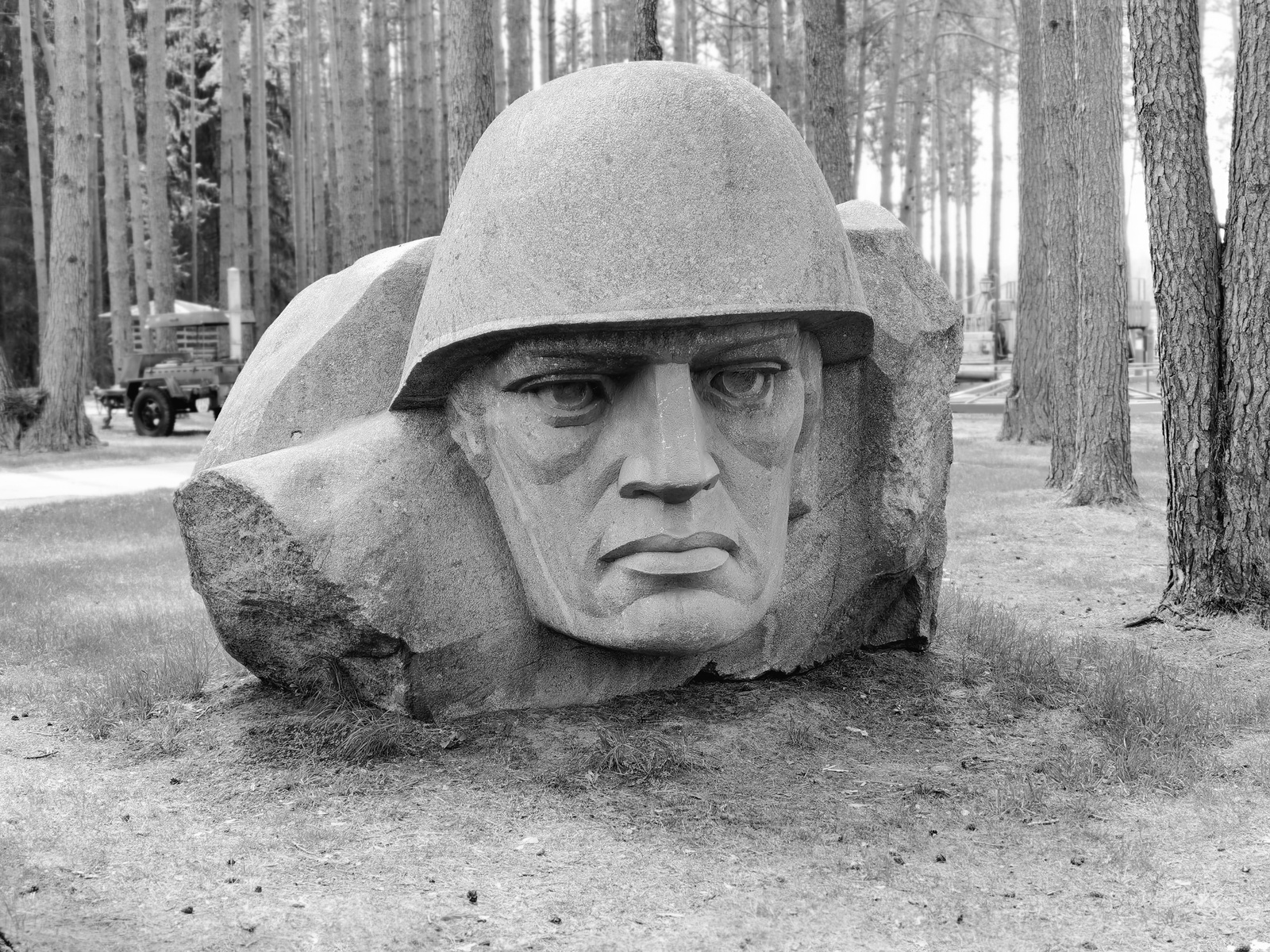Lithuanians and Russia
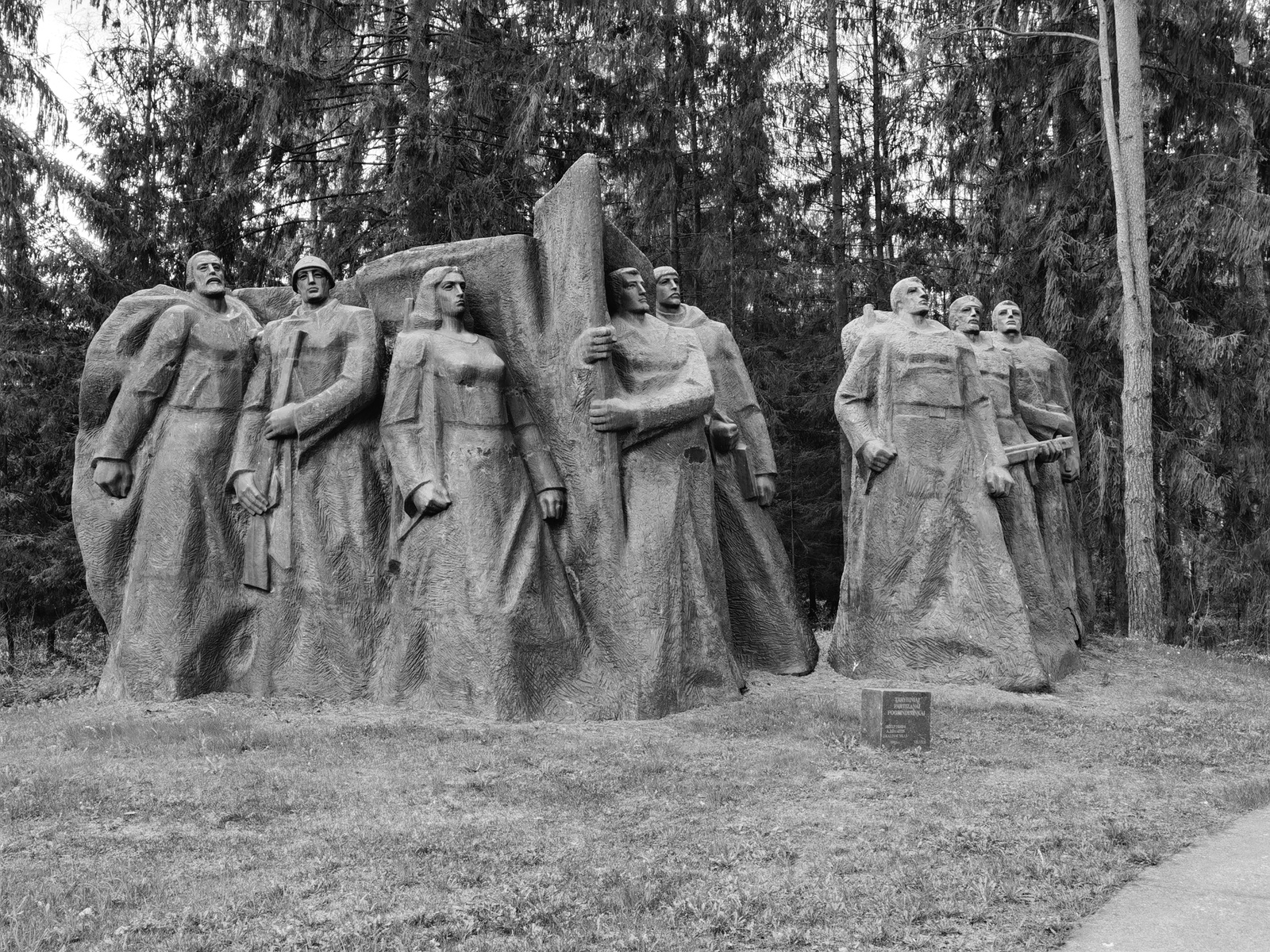
The current war in Ukraine brings back bad memories for older Lithuanians, and very strong sentiments for the younger ones.
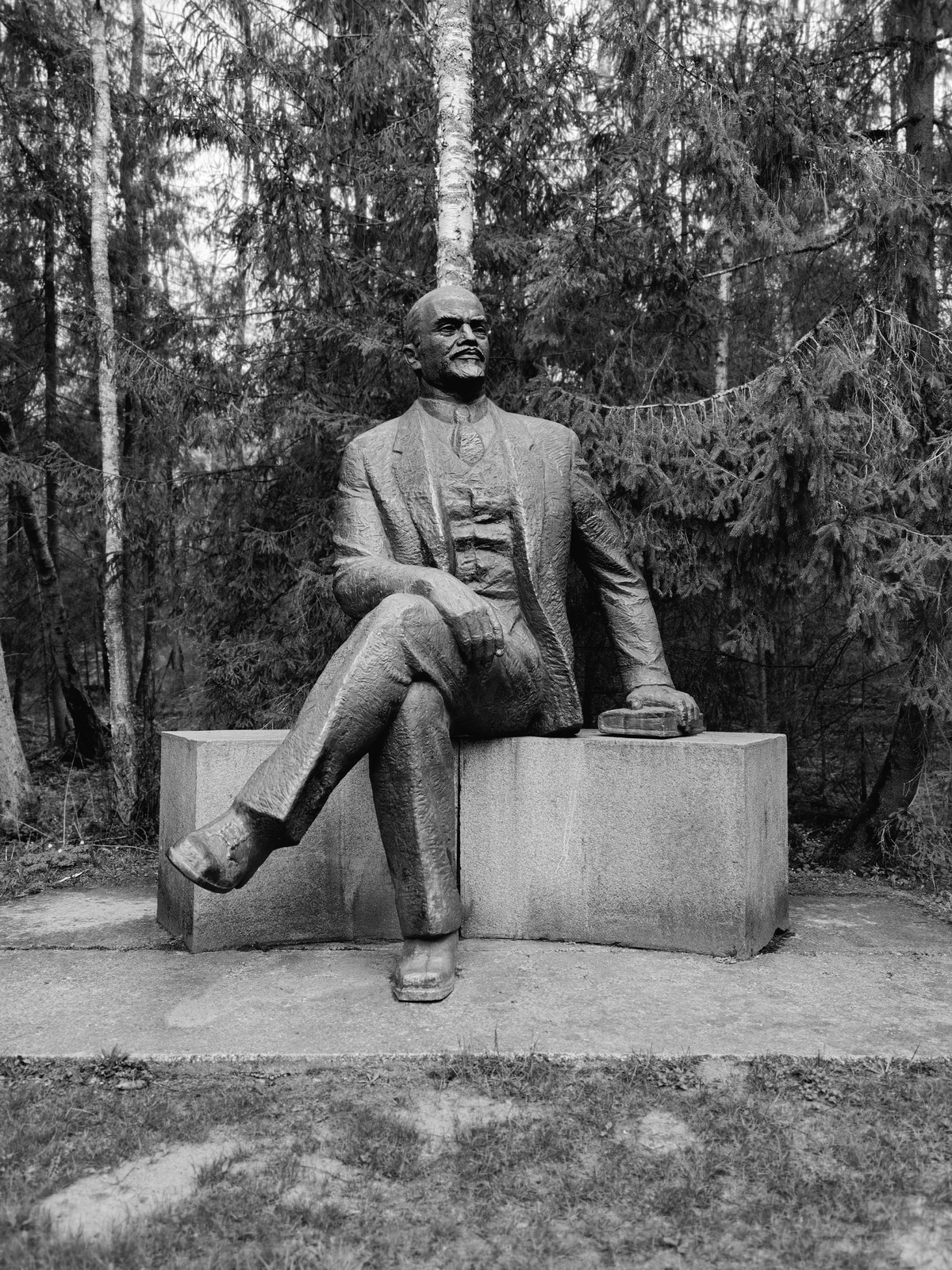
Lithuanians were deported to Russia in great numbers between 1945 and 1952. About 280.000 were deported, or well over 10% of the total population. Most older Lithuanians have friends, neighbors or family member that were deported, and the younger Lithuanians grew up with the idea that Russia is not a friendly neighbor.
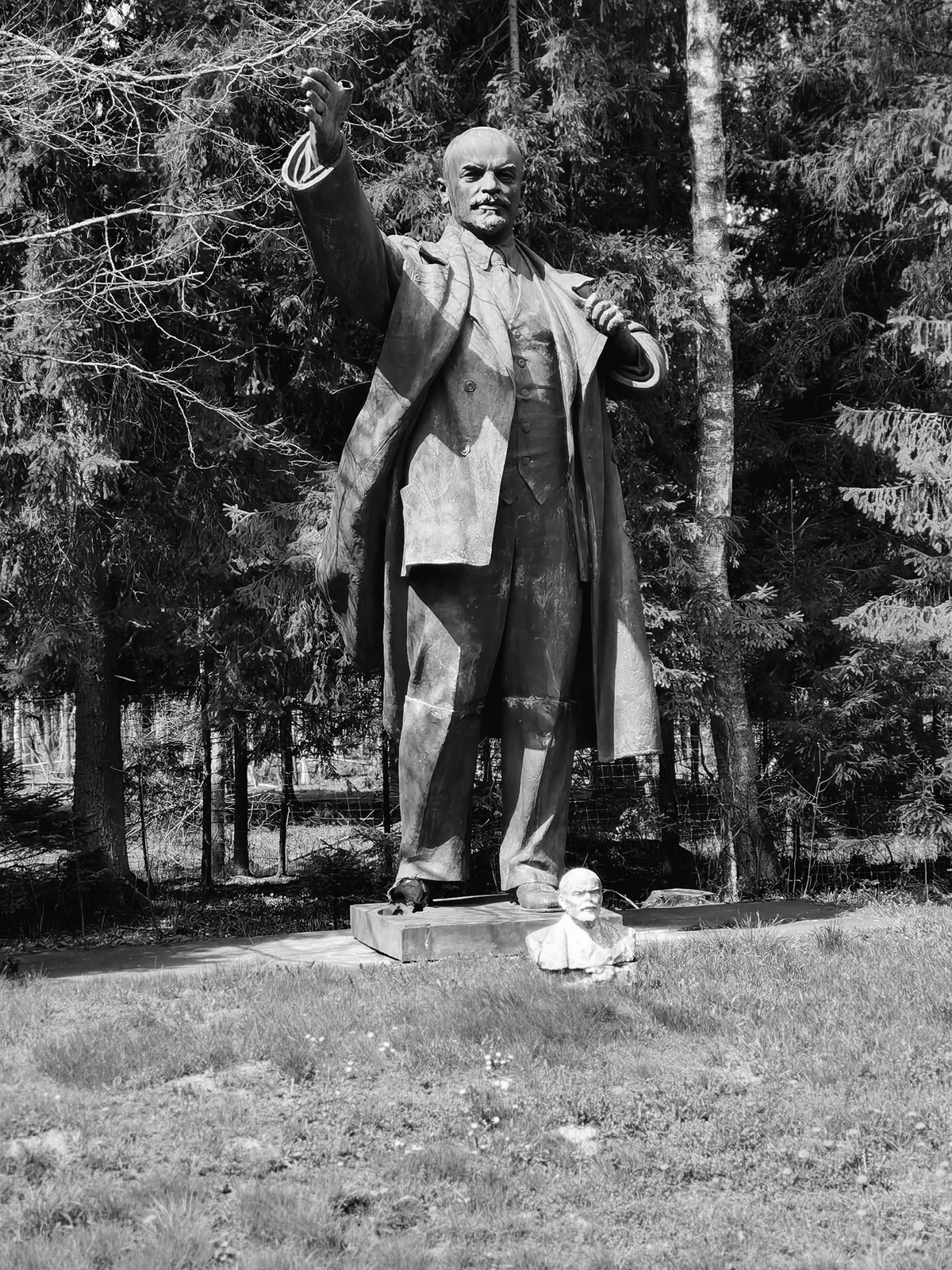
Note that Russia is not the same as Russians. About 10% of the Lithuanians is ethnically Russian and these “Russian Lithuanians” are quite well integrated. But Russia as a neighbor is something they want to be very careful with.
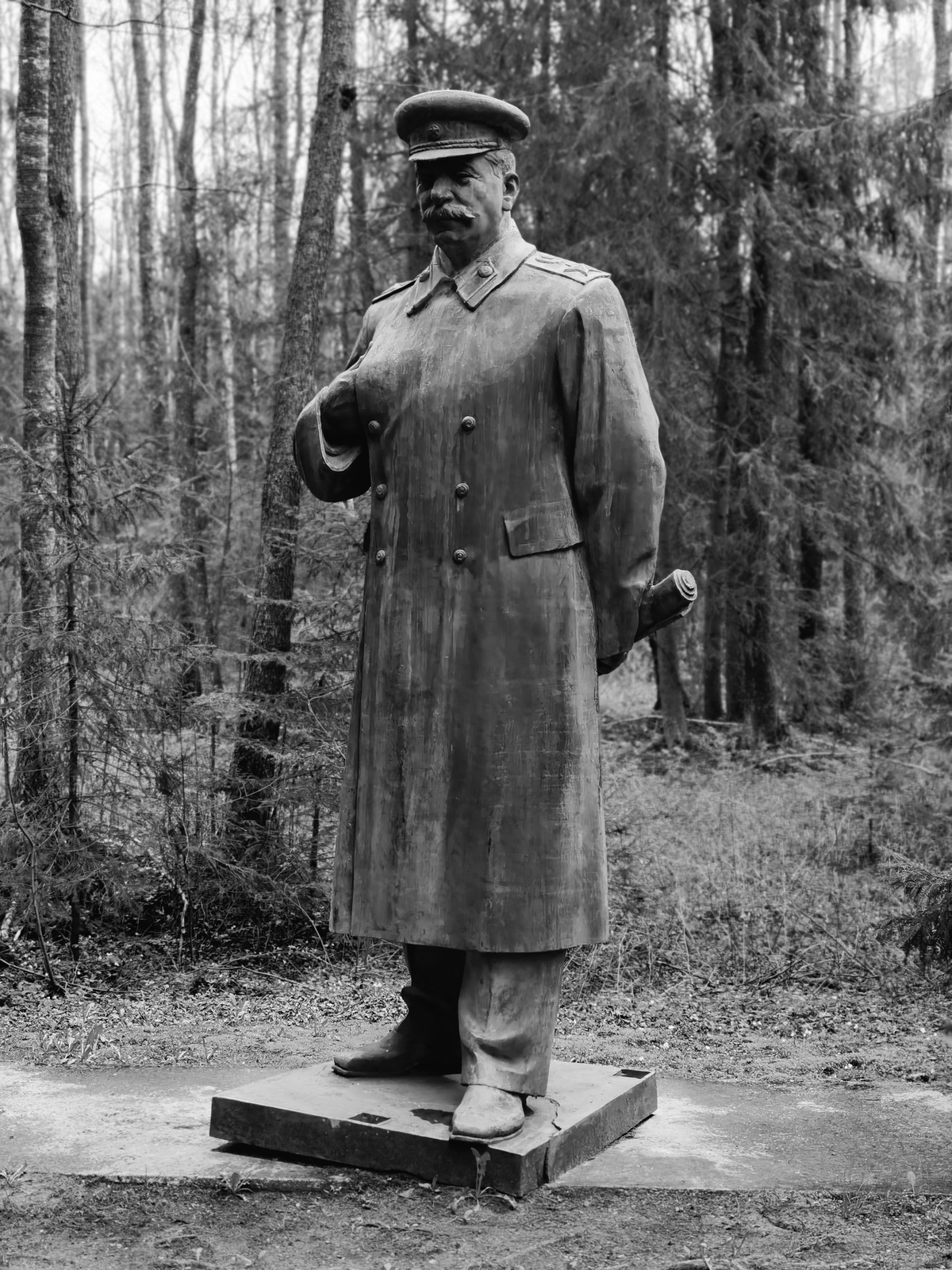
The tensions between Lithuania (and the other Baltic countries) and Russia are nothing new. Lithuania was occupied by Russia for most of the 19th century, and only in 1919 did Lithuania manage to become independant. That did not mean all was quiet and well, on the contrary: quite a few Lithuanians supported Russia and some serious infighting started, which lasted until the Ribbentrop-pact in 1939.
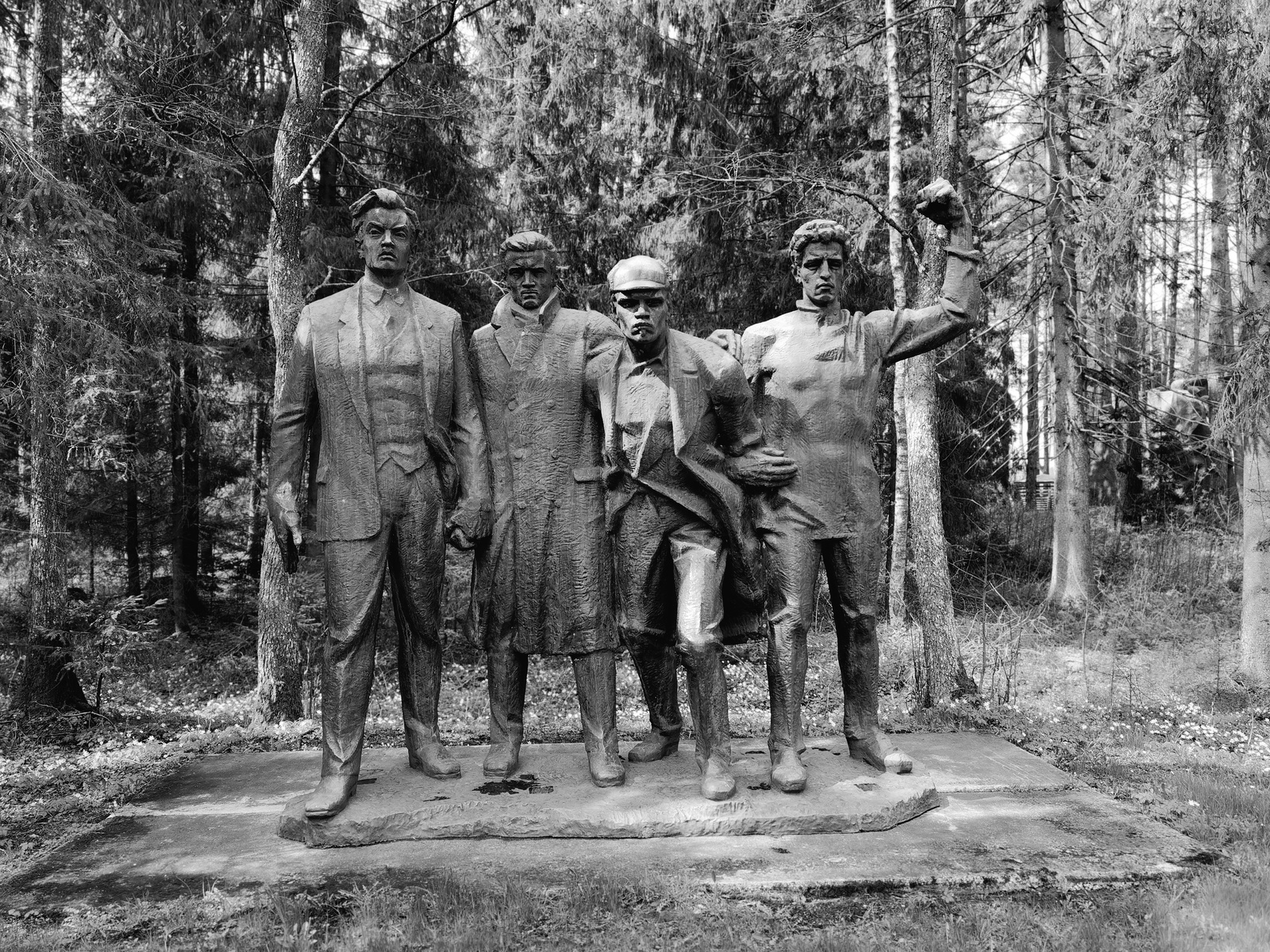
Above is a photo of a statue of four freedom fighters, or terrorist, depending on your political views, from the interbellum period (1919-1939). From left to right:
-
Karolis Požėla: born 1896, studied in Estonia, worked for the Red Army. Actively supported Russia en resisted the independant Lithuanian government. Sent to jail several times, and after his seventh arrest, in 1926, he was shot dead.
-
Juozas Greifenbergeris: born 1898, studied in Russia. Karolis was a member of the Russian Union of Communists. He supported civil unrest in Klaipeda and in 1926 the Lithuanian government had had enough en he was executed.
-
Rapolas Čarnas: born 1900, studied in Moscow. Became Financial Officer for the Central Commitee of the All-Union Leninist Communist League of Youth of Lithuania. That long name didn’t help, in 1926 he was shot dead.
-
Kazys Giedrys: born 1891, worked in the USA, and from 1918 became leader of the Commisariat for Lithuanian Affairs in Petrograd. In 1923-24 he was involved in illegal activites in Kaunas and got arrested. Executed in 1926.
Four beautiful young men, elegant, in these statues they burst with energy and power, and all ended in in front of the firing squad. Near Druskininke in Lithuania there is a parc/expo with almost 100 of such statues and bustes, all with freedom fighter or terrorists from the interbellum. Almost all of them were executed.
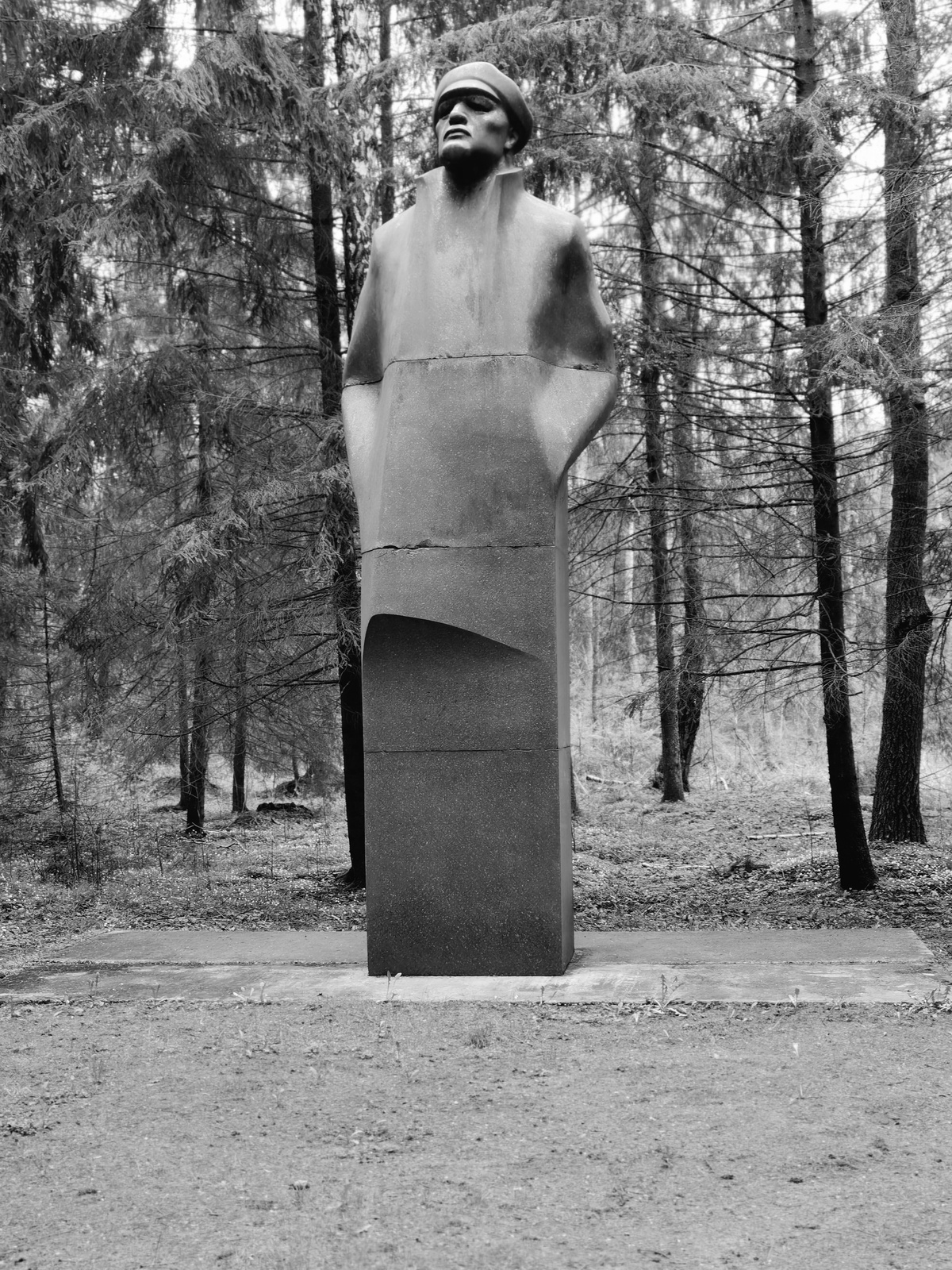
Lithuanians remember with fear and revulsion this period, and also later years until 1955, characterized by nightly knocks on the door, executions, deportations. Today they feel free and secure with article 5 and an EU-membership. If you tell a Lithuanian that now, so many years after Stalins death, maybe they should improve their relation with the big neighbor, they laugh. “Totally naive” they say, “better keep a gun”.
